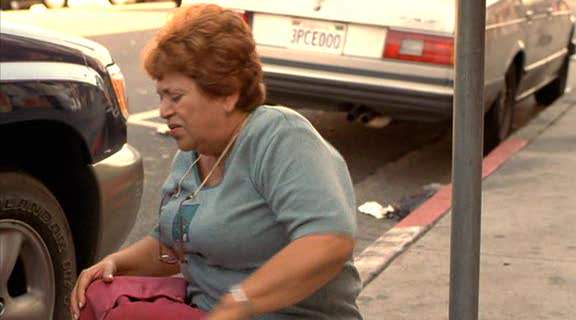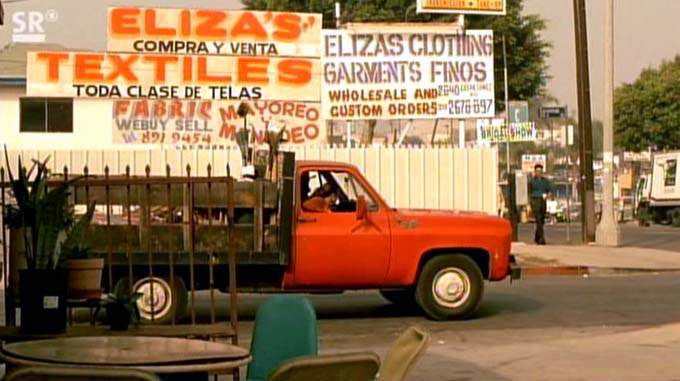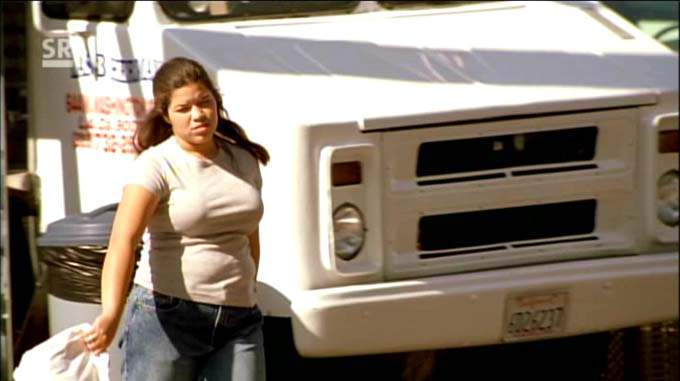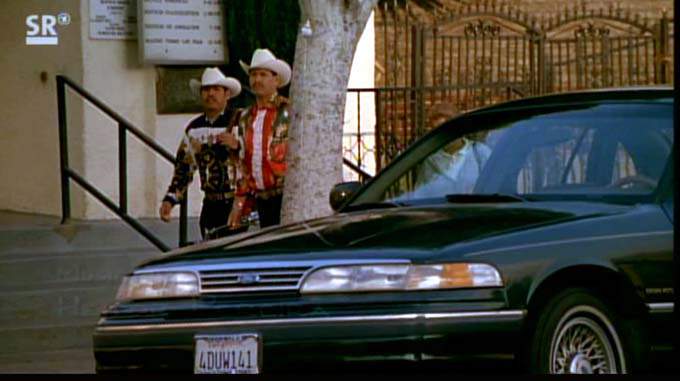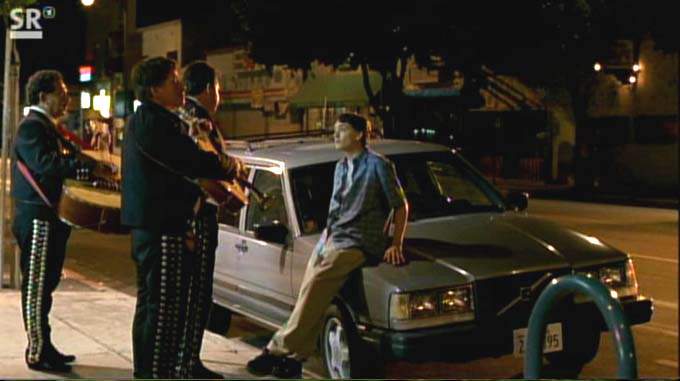Real Women Have Curves 2002
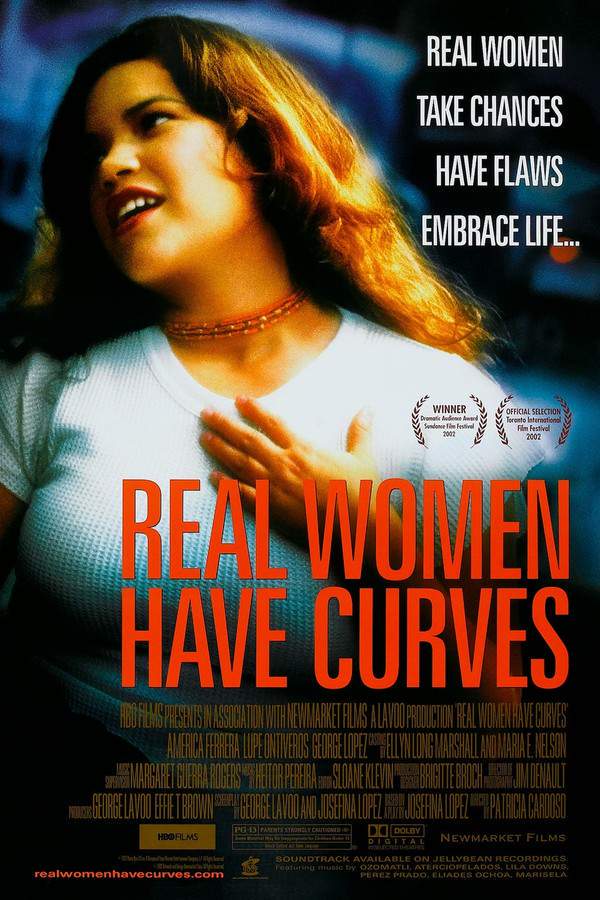
A young Latina woman growing up in Los Angeles struggles with her body image and cultural identity. Torn between her mother's traditional expectations and her own dreams of attending college and becoming a fashion designer, she finds unexpected support from a charming and experienced businesswoman. Through this relationship, she learns to embrace her heritage and appreciate her own unique beauty, ultimately finding the confidence to pursue her ambitions.
Does Real Women Have Curves have end credit scenes?
No!
Real Women Have Curves does not have end credit scenes. You can leave when the credits roll.
Meet the Full Cast and Actors of Real Women Have Curves
Explore the complete cast of Real Women Have Curves, including both lead and supporting actors. Learn who plays each character, discover their past roles and achievements, and find out what makes this ensemble cast stand out in the world of film and television.
External Links and Streaming Options
Discover where to watch Real Women Have Curves online, including streaming platforms, rental options, and official sources. Compare reviews, ratings, and in-depth movie information across sites like IMDb, TMDb, Wikipedia or Rotten Tomatoes.
Ratings and Reviews for Real Women Have Curves
See how Real Women Have Curves is rated across major platforms like IMDb, Metacritic, and TMDb. Compare audience scores and critic reviews to understand where Real Women Have Curves stands among top-rated movies in its genre.

71
Metascore
5.6
User Score


%
TOMATOMETER

0%
User Score

61
%
User Score
Take the Ultimate Real Women Have Curves Movie Quiz
Challenge your knowledge of Real Women Have Curves with this fun and interactive movie quiz. Test yourself on key plot points, iconic characters, hidden details, and memorable moments to see how well you really know the film.
Real Women Have Curves Quiz: Test your knowledge on the themes and characters of 'Real Women Have Curves'.
What high school does Ana attend?
Beverly Hills High School
East Los Angeles High School
Columbia High School
Garcia High School
Show hint
Awards & Nominations for Real Women Have Curves
Discover all the awards and nominations received by Real Women Have Curves, from Oscars to film festival honors. Learn how Real Women Have Curves and its cast and crew have been recognized by critics and the industry alike.
18th Film Independent Spirit Awards 2003

Full Plot Summary and Ending Explained for Real Women Have Curves
Read the complete plot summary of Real Women Have Curves, including all major events, twists, and the full ending explained in detail. Explore key characters, themes, hidden meanings, and everything you need to understand the story from beginning to end.
In the heart of East Los Angeles, 18-year-old Ana García, a bright student attending a prestigious high school in Beverly Hills, finds herself at a crossroads. She is tasked with the heavy burden of balancing her aspiration for higher education against the expectations of her family and the constraints of their financial struggles. While her sister, Estela, and their father, Raúl, encourage her dreams, Ana’s mother, Carmen, tries to steer her away from college, emphasizing the importance of helping to run their ailing family textile factory to maintain the family’s unity and cope with their mounting debts.
On what is supposed to be a celebratory last day of school, Ana’s teacher, Mr. Guzman, urges her to explore college options. Ana, feeling defeated by her family’s financial reality, believes it’s already “too late anyway” to apply. However, Mr. Guzman insists he could help by reaching out to the admissions team at Columbia University, even beyond the deadline. Though touched by his belief in her potential, Ana is hesitant.
That evening, during a graduation party her family throws for her, tension brews when Carmen criticizes Ana’s eating habits and pressures her about settling down and starting a family. Despite attempts from her grandfather and father to lighten the mood, the conversation turns to the family factory, which Carmen insists Ana should be a part of. Ana, yearning for a different path, finds her options severely limited. The arrival of Mr. Guzman, seeking to discuss Ana’s future, provides a glimmer of hope, yet Carmen remains inflexible. To keep the peace, Ana reluctantly agrees to contribute to the factory while weighing her options.
As days go by, Ana grapples with the realities of factory life and attempts to persuade Estela’s boss for financial support to keep the business afloat. When that plan fails, she turns to her father for assistance. Undeterred, Ana collaborates with Mr. Guzman to craft her college application essay, which she submits with determination. Simultaneously, she cultivates a secret relationship with a fellow graduate, Jimmy, challenging her mother’s overbearing scrutiny regarding her sexuality.
In a poignant scene at the factory, the women, fueled by frustration over Carmen’s critiques, unite in solidarity, shedding their layers to embrace their bodies, both imperfect and beautiful. Carmen’s departure marks a turning point, as Ana firmly asserts, “we are women, and this is who we are.”
As summer draws to a close, Mr. Guzman delivers life-changing news: Ana has received a scholarship to Columbia, an opportunity that requires relocating to New York City. While Carmen tries to convince Ana to reconsider her dreams, Raúl’s support bolsters Ana’s resolve. In the film’s emotional climax, while Ana prepares to leave for the airport, Carmen opts to isolate herself rather than bid farewell. The film concludes with Ana stepping into her new life, confidently navigating the streets of New York, ready to embrace her future.
Uncover the Details: Timeline, Characters, Themes, and Beyond!

Coming soon on iOS and Android
The Plot Explained Mobile App
From blockbusters to hidden gems — dive into movie stories anytime, anywhere. Save your favorites, discover plots faster, and never miss a twist again.
Sign up to be the first to know when we launch. Your email stays private — always.
Watch Trailers, Clips & Behind-the-Scenes for Real Women Have Curves
Watch official trailers, exclusive clips, cast interviews, and behind-the-scenes footage from Real Women Have Curves. Dive deeper into the making of the film, its standout moments, and key production insights.
Cars Featured in Real Women Have Curves
Explore all cars featured in Real Women Have Curves, including their makes, models, scenes they appear in, and their significance to the plot. A must-read for car enthusiasts and movie buffs alike.
Real Women Have Curves Other Names and Titles
Explore the various alternative titles, translations, and other names used for Real Women Have Curves across different regions and languages. Understand how the film is marketed and recognized worldwide.
Quick Links: Summary, Cast, Ratings, More

What's After the Movie?
Not sure whether to stay after the credits? Find out!
Explore Our Movie Platform
New Movie Releases (2025)
Famous Movie Actors
Top Film Production Studios
Movie Plot Summaries & Endings
Major Movie Awards & Winners
Best Concert Films & Music Documentaries
Movie Collections and Curated Lists
© 2025 What's After the Movie. All rights reserved.
















